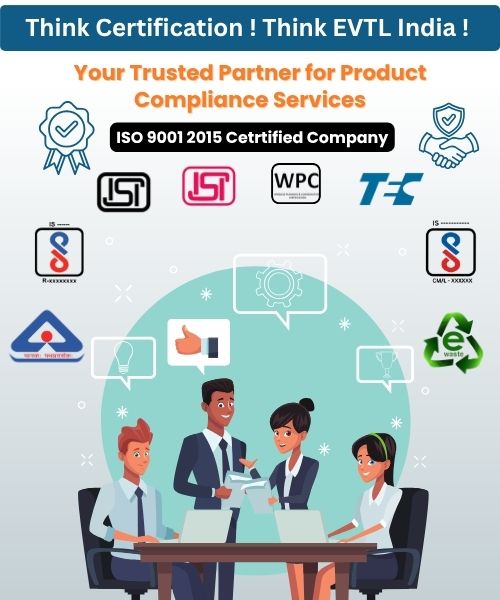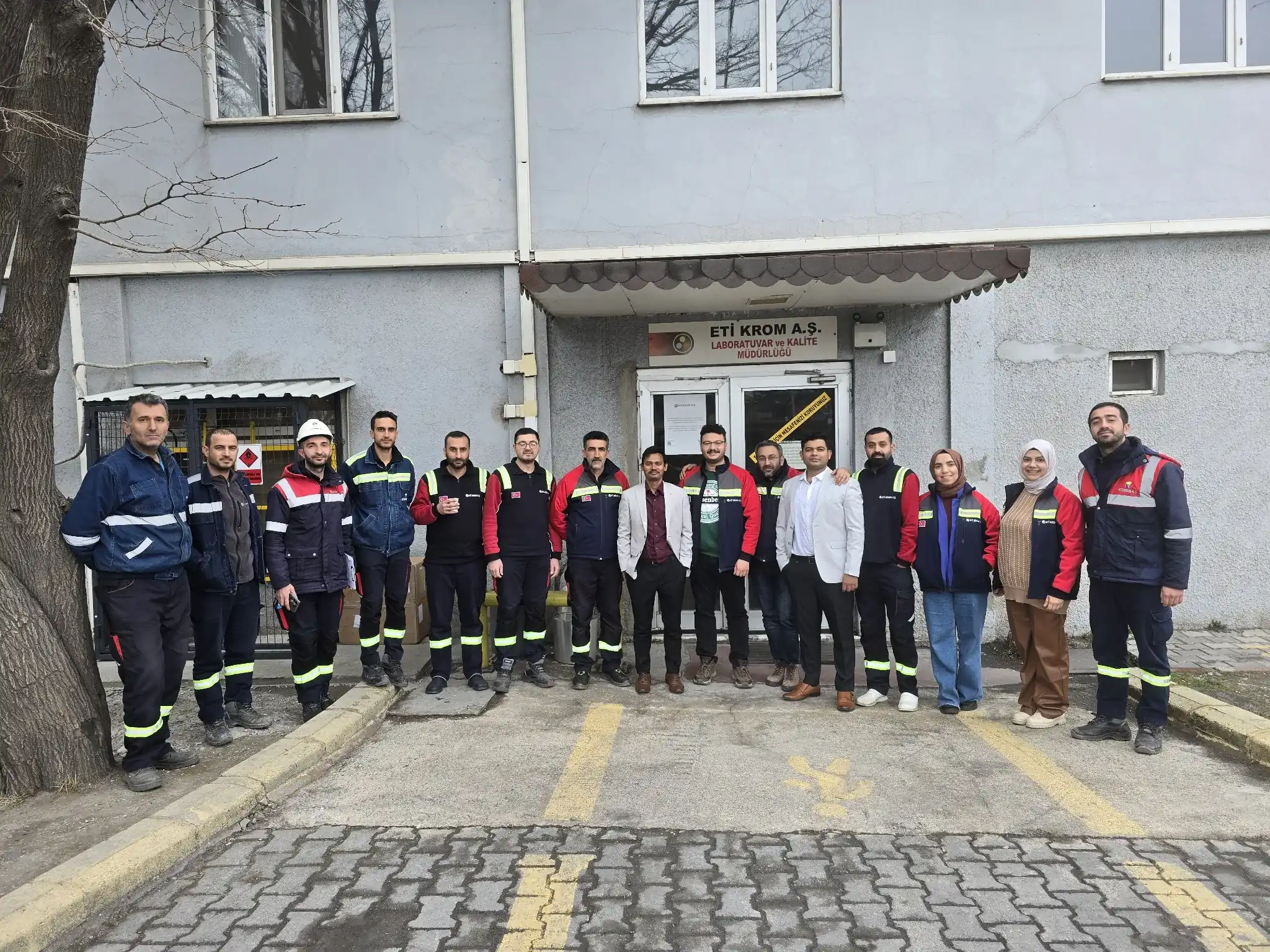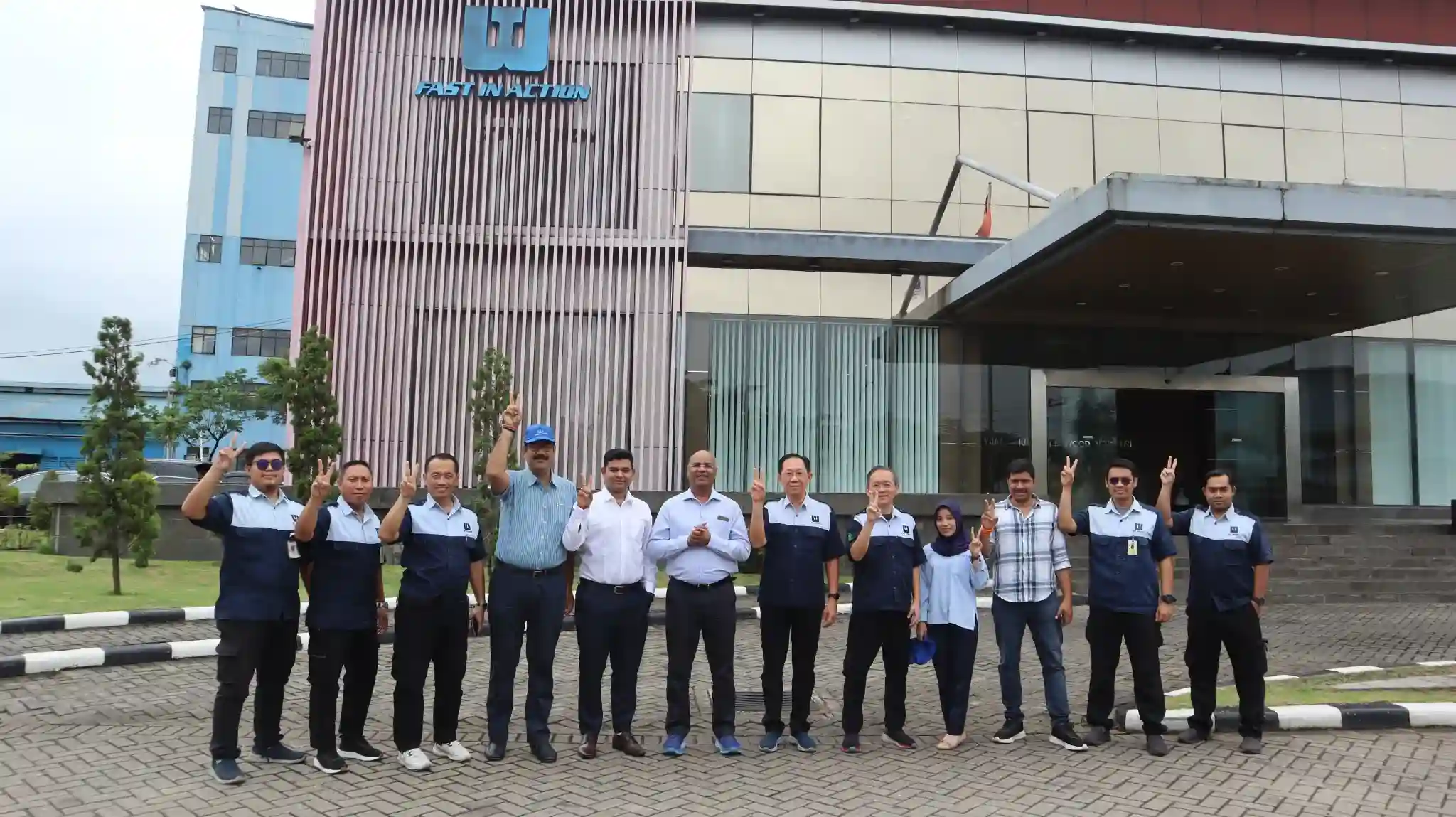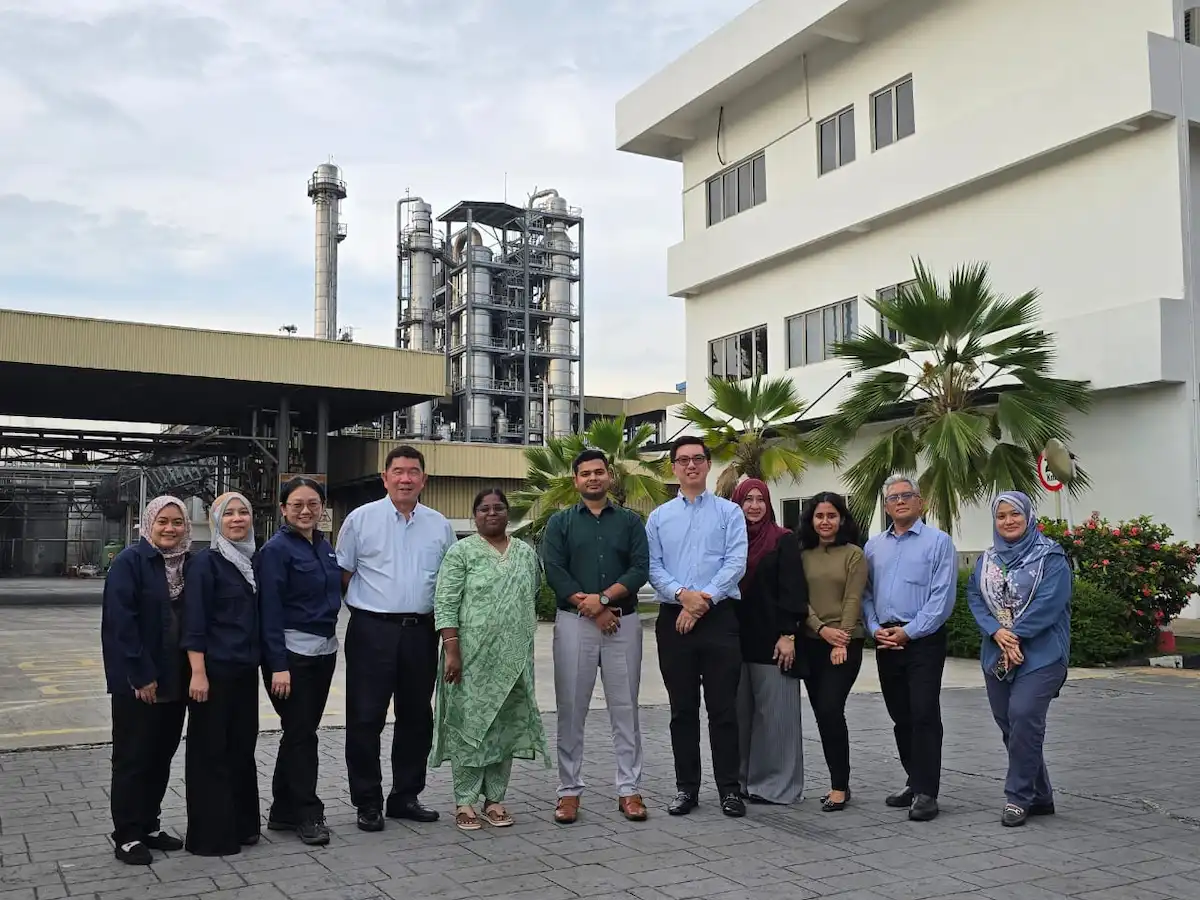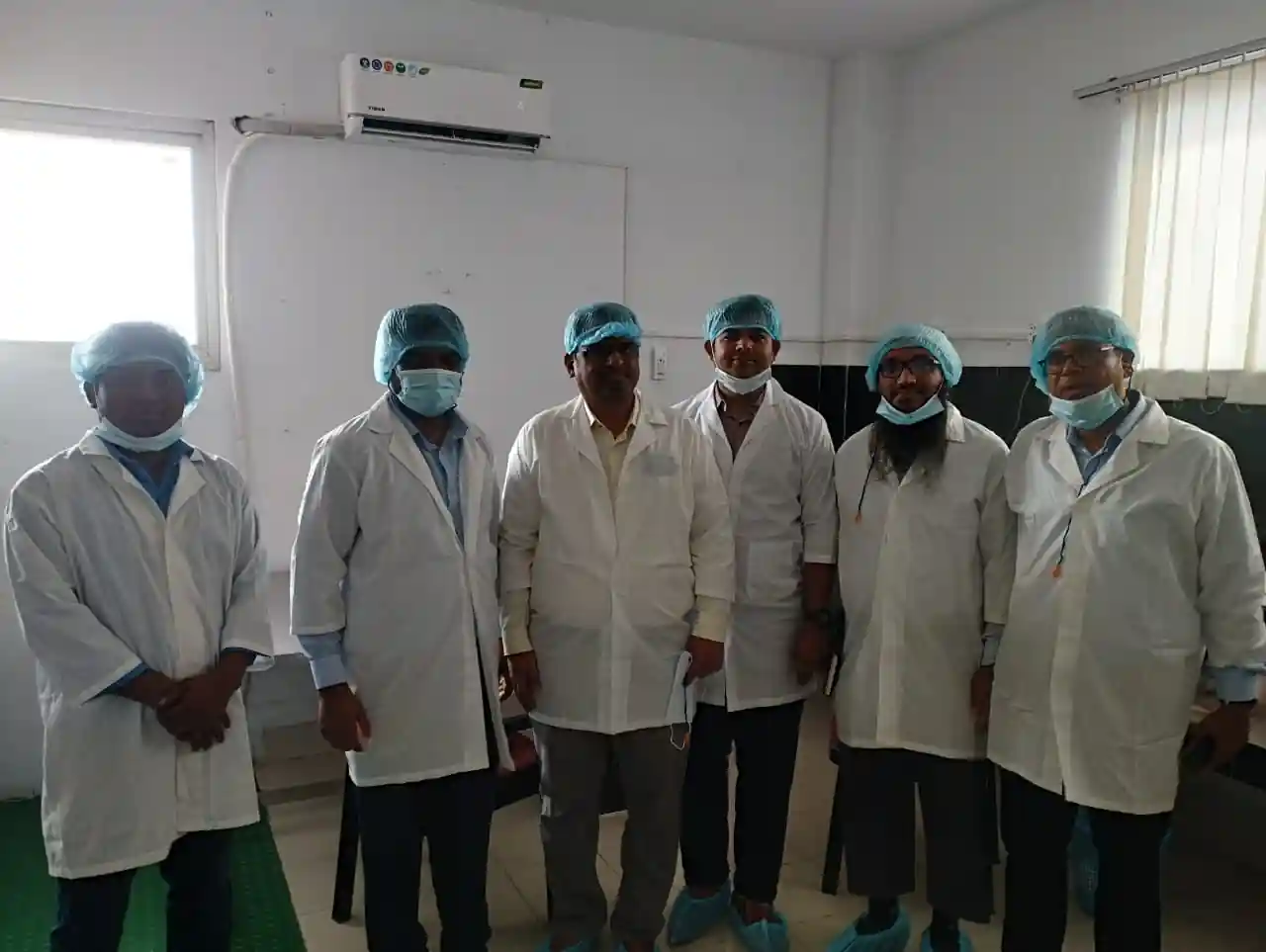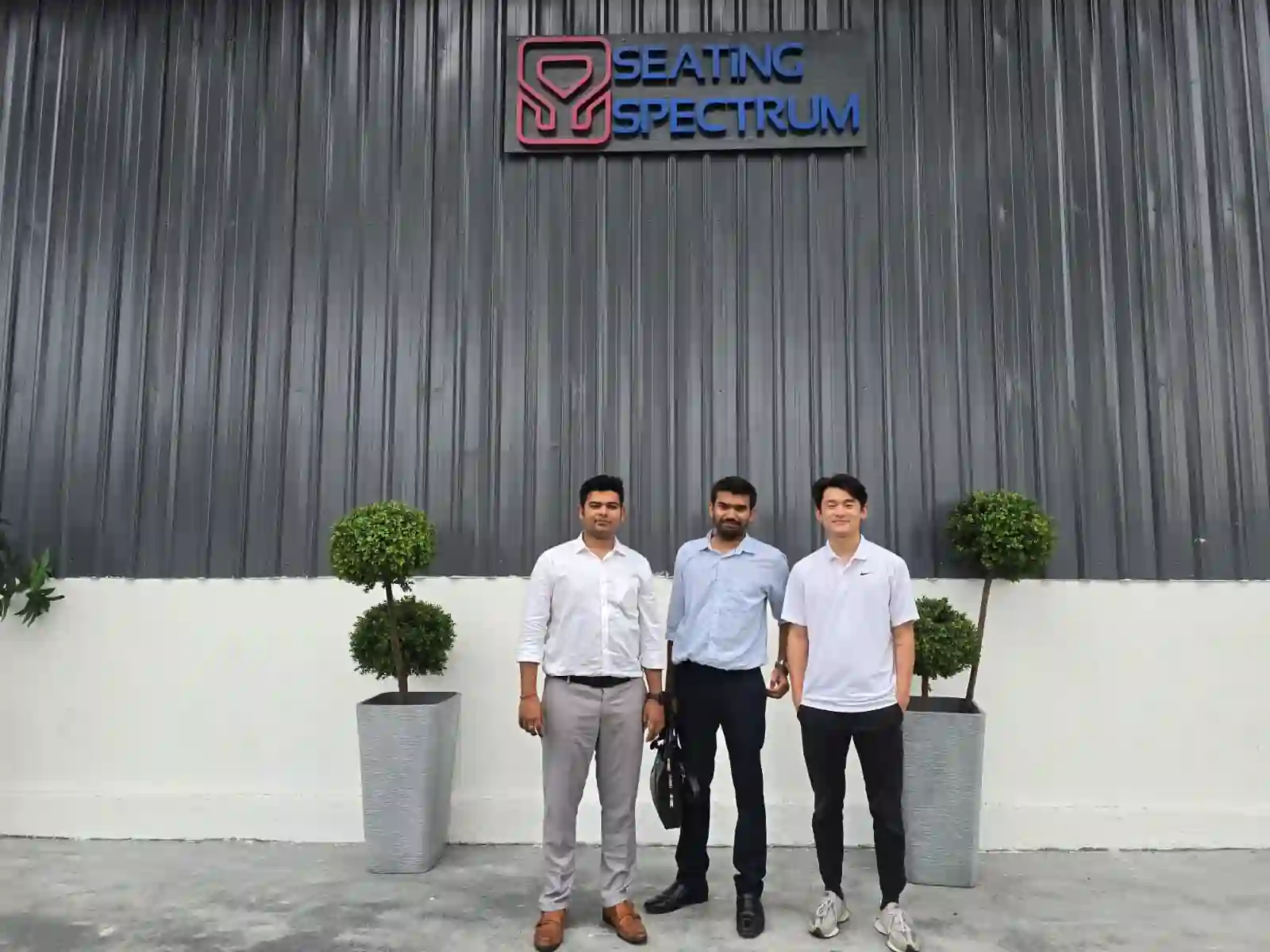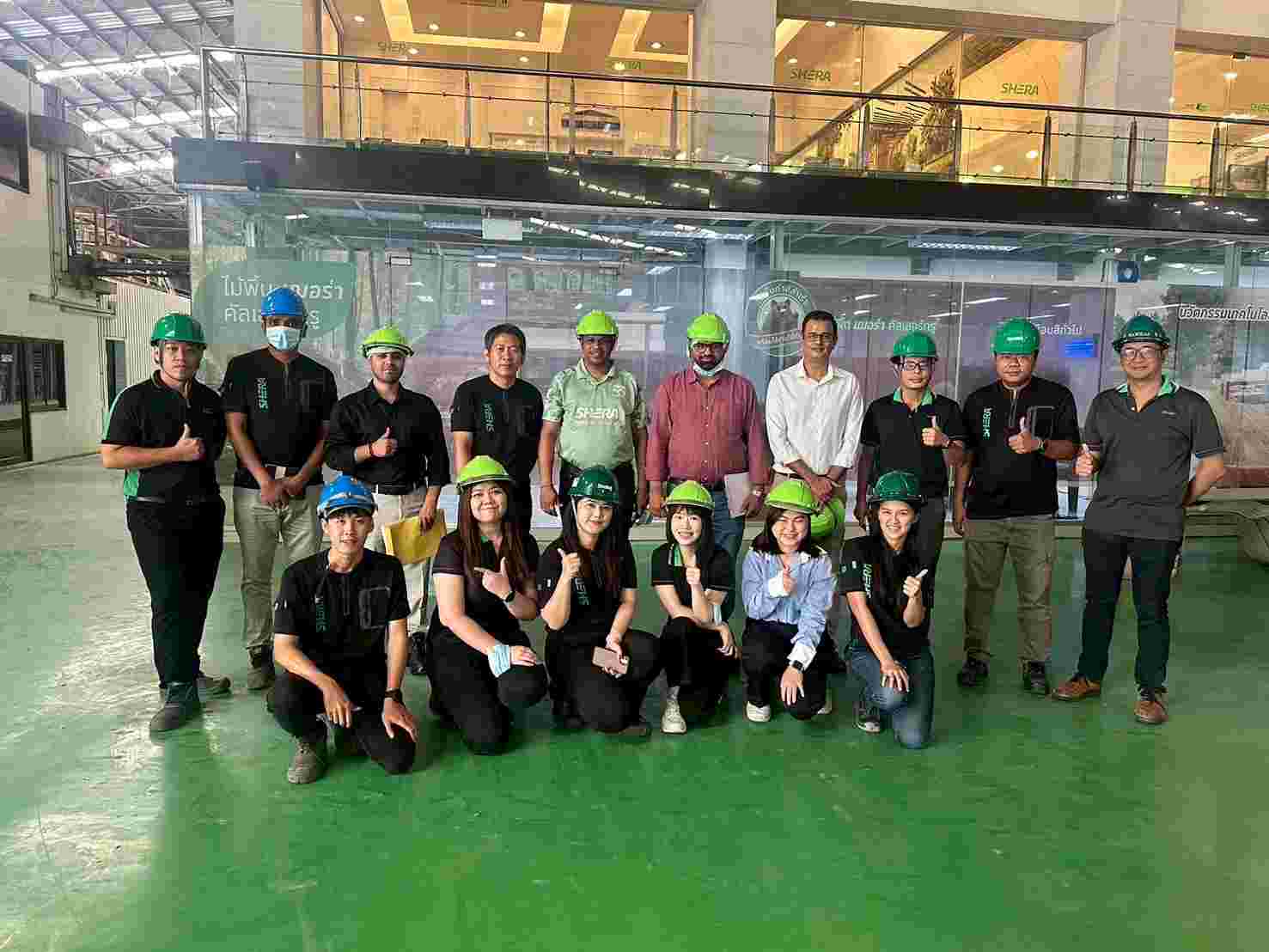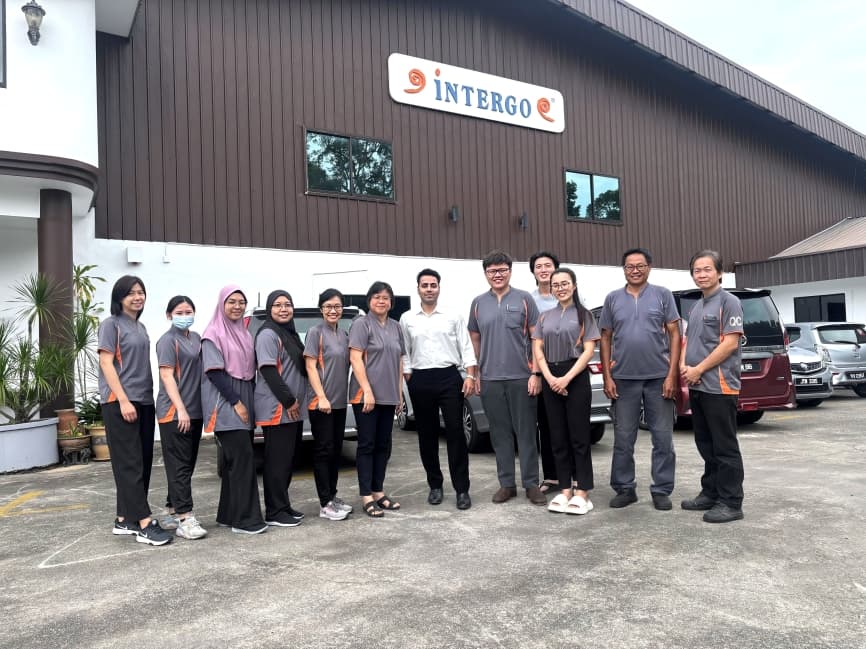Get A Quote
BIS Certification for Caustic Soda– IS 252: 2013
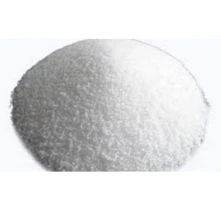
Caustic Soda, also known as Sodium Hydroxide (NaOH), is a key chemical used in a wide range of industries, including chemical manufacturing, paper production, soap making, water treatment, and more. The BIS certification under IS 252:2013 ensures that the Caustic Soda meets the required specifications for purity, concentration, and quality, making it safe and reliable for industrial applications.
Compliance with this standard guarantees that the product is suitable for various uses, including the production of other chemicals, cleaning agents, and manufacturing processes that require high-quality sodium hydroxide.
Introduction
IS 252:2013 outlines the specification for Caustic Soda in
terms of its chemical composition, physical properties, and quality standards.
The BIS certification process ensures that the product adheres to the necessary
criteria, thus ensuring its suitability for a wide array of industrial and
commercial uses. The certification process guarantees that the product is free
from impurities and meets the safety and environmental standards required for
handling and storage.
Why is BIS Certification Necessary for Caustic Soda?
BIS certification for Caustic Soda is essential as it ensures the chemical complies with national safety and quality standards. Under IS 252:2013, it provides quality assurance by confirming that the Caustic Soda meets the required purity and concentration levels for industrial applications. The certification also ensures safety compliance, reducing risks associated with handling and using the chemical in various processes. Compliance with IS 252:2013 guarantees that the product is suitable for use in industries such as paper, soap production, textiles, and water treatment. Additionally, the ISI mark assures regulatory compliance, enabling manufacturers to legally sell and distribute Caustic Soda in the Indian market.
BIS QCO for Caustic Soda
Overview of Indian Standard IS 252:2013
IS 252:2013 specifies the chemical and physical properties
of Caustic Soda to ensure its quality and suitability for industrial use. It
outlines the required concentration of Sodium Hydroxide (NaOH), impurity
limits, and other chemical specifications to maintain purity. The standard also
details the physical properties, including appearance, solubility, and other characteristics
of Caustic Soda. Guidelines for proper packaging and labeling are provided to
ensure safe storage and handling during transport. Additionally, IS 252:2013
includes testing methods to verify that the Caustic Soda meets the prescribed
standards, including purity tests and measurements of sodium hydroxide
concentration, ensuring consistent quality and safety.
Process for BIS Certification
The BIS certification process for Caustic Soda under IS
252:2013 includes the following steps:
- Application Submission: Manufacturers must submit an
application form along with the required technical specifications and details
of their production processes.
- Document Review: BIS reviews the documentation to ensure
the product meets the chemical and physical property requirements specified in
IS 252:2013.
- Factory Inspection: BIS inspects the manufacturing facility
to verify that the production process adheres to safety and quality standards.
- Sample Testing: Samples of the Caustic Soda are tested in
BIS-approved laboratories to ensure they meet the specifications for chemical
composition, purity, and safety.
- Certification Grant: After successful testing and
inspection, BIS grants the ISI mark certification, allowing manufacturers to
market the product as compliant with IS 252:2013.
Documents Required for BIS Certification
Manufacturers applying for BIS certification for Caustic
Soda under IS 252:2013 must submit the following documents:
- Application form for BIS certification
- Product specifications and chemical composition details
- Quality control and manufacturing process documentation
- Test reports from BIS-approved laboratories
- Proof of business registration and manufacturing facility
details
- Declaration of conformity to IS 252:2013 standards
BIS ISI Mark Certification Costing And Timeline
To Know The Process in Detail, Please Visit:
- BIS ISI Mark Certification for Domestic Manufactures
- BIS ISI Mark Certification for Foreign Manufactures
Under BIS Registration Products ISI and CRS
Conclusion
BIS certification under IS 252:2013 ensures that Caustic
Soda meets the essential safety, quality, and performance standards necessary
for various industrial applications. This certification provides consumers with
the assurance that the product is reliable, safe to handle, and conforms to
regulatory requirements. By obtaining BIS certification, manufacturers can
enhance their product credibility and marketability in India. EVTL India offers
expert consultancy services to help manufacturers navigate the BIS
certification process, ensuring that their Caustic Soda products meet IS
252:2013 standards and are market-ready.
Free Call Back
Latest News & Update
📅 BIS Critical Component List (CCL) Updates for Solar PV Modules
🕒 BIS Fee Concessions for MSMEs and Startups | EVTL India
📅 Guidelines for Implementation of Essential Requirements for Security of CCTV
🕒 Omnibus Technical Regulation (OTR) Amendment Order, 2025
🕒 Extension of Timeline for Filing Annual Returns by Battery Producers
📅 Extension of Timeline for Filing Quarterly and Annual Returns for E-Waste
🕒 Extension of Concurrent Running Period for IS 302-1: 2008 and IS 302 (Part 1): 2024
🕒 BIS Guidelines for Grant of Licence (GoL) | EVTL India
📅 CPCB Guidance on filing of Application, Fees and more
🕒 CPCB Notification on Labelling of Plastic Packaging
📅 Mandatory Compliance for Input Materials of Steel and Steel Products for Imports
🕒 BIS Guidelines for Scheme-X Certification for OTR-Regulated Products
📅 BIS Upgrades Product Certification License Numbers to 10-Digit Series
🕒 BIS Certification No Longer Mandatory for 14 Chemical & Polymer Categories
Why Choose EVTL INDIA
Expertise in Indian Regulatory Standards
End-to-End Support
Trusted by Top Indian & Global Brands
Fast Processing & Transparent Pricing
Strong Liaison with Indian Authorities
Company Profile